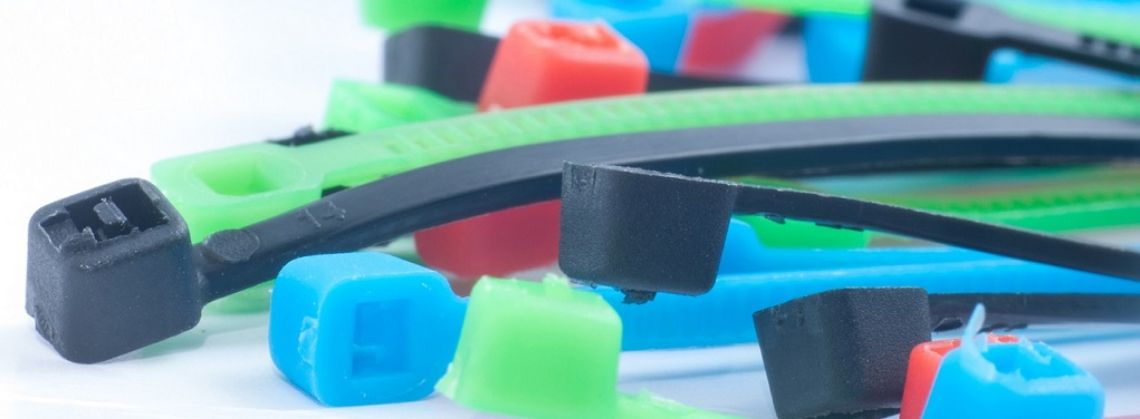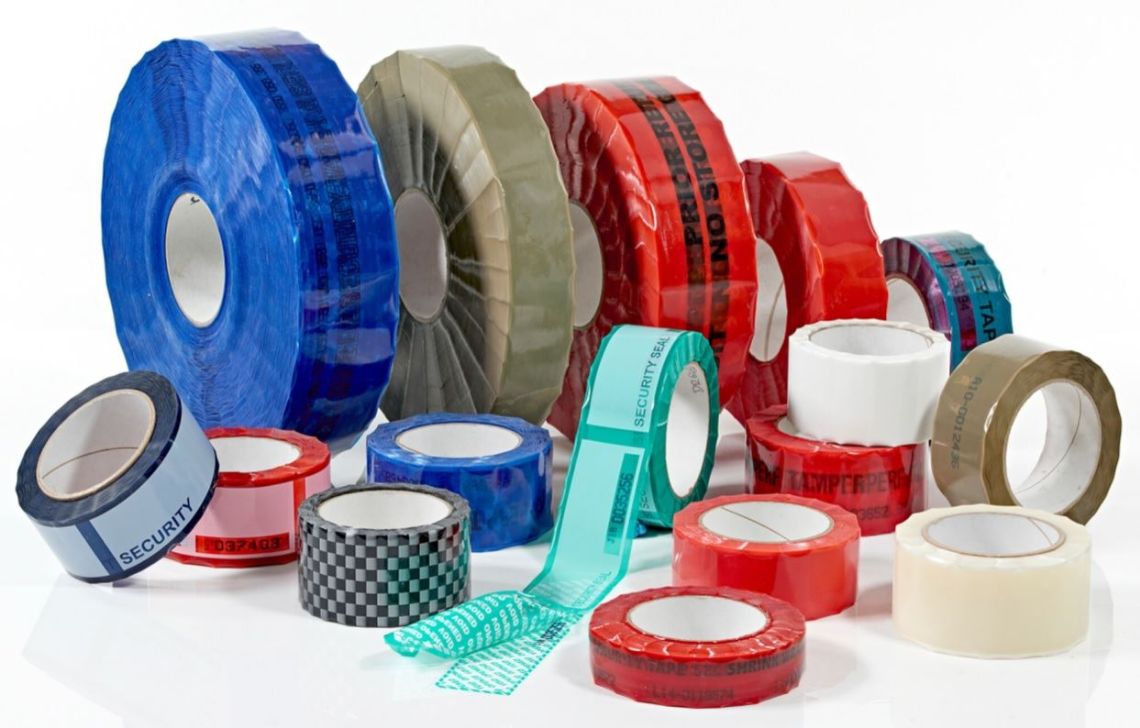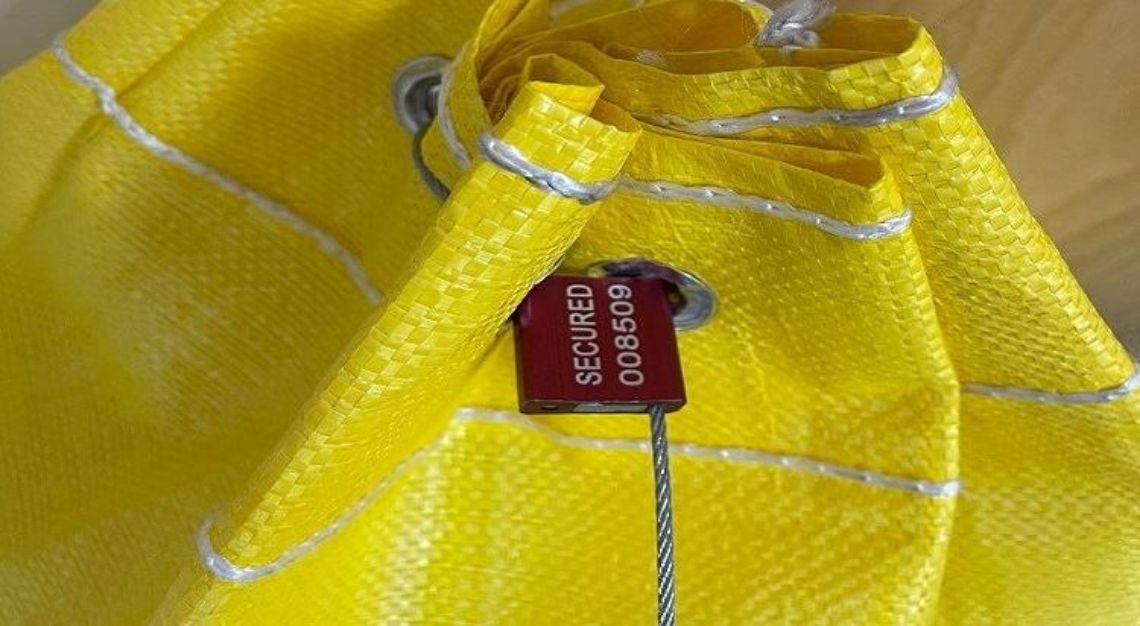Email us
Call us
01829 760000
Guide To Securely Seal Your Shipping Containers
Ensuring that a shipping container is properly sealed is critical for maintaining cargo security throughout its journey, safeguarding goods from unauthorised persons accessing the container and supporting regulatory compliance.
Tuesday, October 14, 2025Your Guide To Airline Security Seals & Labels
Security seals are a key component in the securing of global aviation logistics, ensuring that aircraft, airports and airline supply chains are secured against the issues of tampering, theft or bad practice.
Thursday, September 18, 2025Display
per page
What Is a Lockout Device and How Does It Help Prevent Accidents?
Lockout devices are a key component in industrial settings during maintenance, repair and inspection. Our handy guide introduces safety lockout products and how to use them within industrial settings to manage hazards
Monday, June 16, 2025How Do Cable Seals Work: A Guide to Cable Security Seals
In this article we explore the ‘flexibility of the flexiGrip’ – giving you an in-depth look into our range of metal cable seals used across the world, the benefits of using cable seals for your security, and the wide range of customisation options available to you.
Monday, May 26, 2025What are Security Seals? Understanding Types, Uses, and Importance
Security seals are essential tools in safeguarding goods, ensuring integrity, and preventing unauthorised access across various industries. In this guide, we will dive into what security seals are, their different types, applications, and their significance in today's security landscape.
Sunday, April 20, 2025Protecting Cargo with Container Desiccants
Desiccants, highly effective moisture-absorbing materials, are a simple but highly effective way to mitigate the risks of moisture in shipping containers. In this article we explore how desiccants protect cargo and why they are an essential component in shipping logistics and loss prevention.
Friday, January 31, 2025Surprisingly Sticky Subjects... A Guide to Customised Self-Adhesive Labels
At first glance self-adhesive or “sticky” labels don’t sound too complicated, but you’ll be surprised with the range of customisable features to consider...
Friday, September 13, 2024Safeguarding the Supply Chain in the Food and Drink Industry
The importance of the Food and Drink industry
The UK’s food and drink industry is the country’s biggest manufacturing sector by turnover, valued at £104.4 billion. It is larger than the automotive and aerospace industries combined. A recent study stresses that growth in the sector is key to overcoming the economic consequences of Brexit. The UK's takeaway and fast food market was valued at over £20 billion in 2023, and has seen significant growth in recent years. The exponential growth of business to consumer food delivery services is also significant.
Security Seals.. a deterrence against tampering
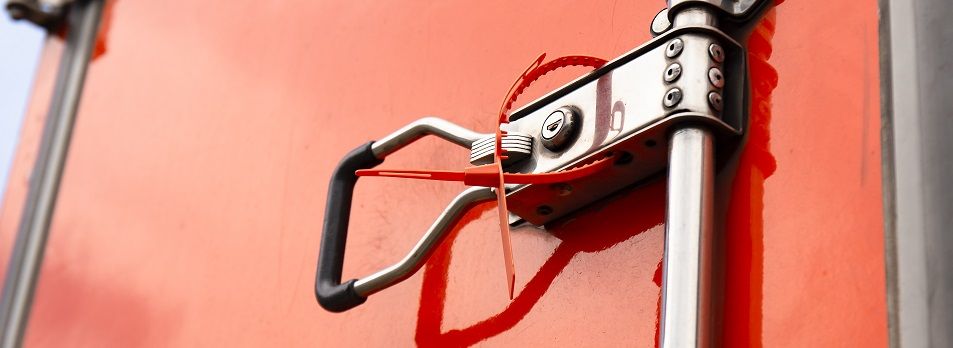
The use of security seals in the food and beverage industry is for the protection of food products during transportation. Whether being transported between facilities or to customers, food products must be protected from tampering, theft, and contamination. Plastic security seals are ideal for this purpose as they are tamper-evident and tamper-resistant, making it easy to detect if the food products have been tampered with.
Our range of food-contact safe plastic seals can be used on vehicles, sacks or any container that has an aperture, at all or any level. For example, our security labels and tapes can seal up smaller cardboard cartons; our StrapWrap pallet security tape and StrapSecure security seals can seal up shrink-wrapped pallets; and our freight and transport seals can secure the access doors to entire trailers/containers of food cargo.
Security Seals... reducing theft in the Supply Chain
.webp)
Theft is one of the biggest risks to the global food supply chain. Food and beverage thefts increased significantly between 2021 and 2022. Almost one in five (18%) of all global cargo thefts were food items. This is likely influenced by extreme weather events and rising energy costs triggering global product shortages and spikes in prices for certain goods.
If theft is a concern, our high security cable seals and Container bolt seals offer strong and robust security measures. Our container bolt seals are C-TPAT-compliant & ISO17712:2013 Certified 'H' High Security Seals. When a bolt seal cannot be used (for example, where goods are not being transported in shipping containers or box trailers) we have a full range of cable seals which are also suitable for ISO17712 High-Security / CTPAT movements, providing customers with a range of cable lengths and diameters. High-security barrier seals like our bolt and cable seals are particularly suited to safeguard high-value items such as whiskey and other branded alcohol products.
Metal detectable Security Seals for Production Lines
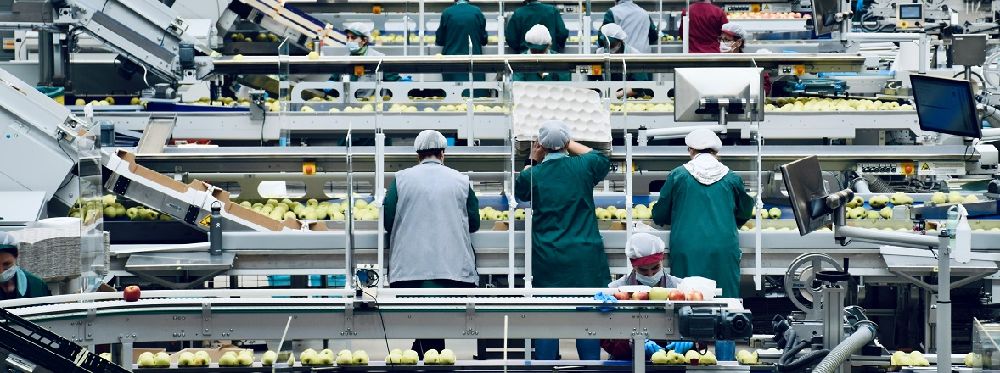
If security seals are required to protect the integrity of internal processes during food production lines, our Metal Detectable Tracewaste Security Seals offer a safe, detectable solution. A specialised additive to our popular Tracewaste model provides metal and x-ray detectability, giving you all of the benefits of our customisable, multi-purpose tamper-evident security seal whilst also being fully food-contact safe and metal detectable as part of your Hazard and Critical Control Point Analysis (HACCP) safety processes within food, drink and pharmaceutical sectors.
Small fragments of metal detectable additive are dispersed evenly throughout the seal, ensuring that detection systems can detect even small parts of plastic contamination, allowing for batch recall and investigation as part of your HACCP processes. Available in up to eight colours, the detectable Tracewaste seal can be used to seal roll cages, sacks, drums and containers within food production environments.
Food delivery seals
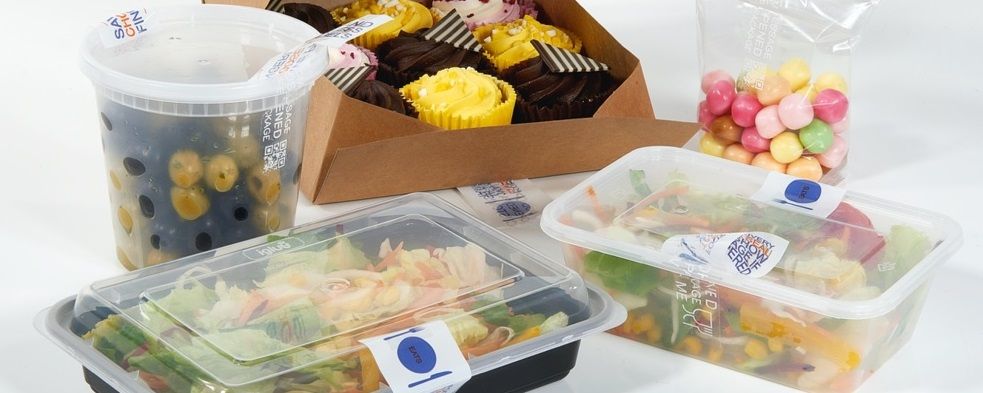
Another important use of security seals in the food and beverage industry is the protection of food storage containers and packaging. These containers and packages must be protected from tampering and contamination to ensure that the food products remain safe and fresh. Security seals are used to secure containers, packages, and storage units to ensure that the food and beverage products remain protected.
Our DeliverSafe food delivery security labels offer an effective solution ensuring that your food delivery & takeaway services are delivered to the consumer in pristine, unopened condition. Unlike standard adhesive labels, DeliverSafe security stickers void when opened, leaving a void message behind on the sealed delivery carton, box or bag. Food delivery labels therefore act as a deterrent against 'sampling' of the contents of food deliveries prior to arrival with the recipient, providing the customer with peace of mind of your dedication to hygiene.
Our security labels are completely customisable, including not only branding the labels with your own details, but also customisation of the sub-surface message itself, leaving a bespoke residue marking to convey a message tailored to your brand.
Contact us for advice on selecting the most appropriate seals for your food and drink business.
Cable Ties and Pulling Strengths
Which cable tie should I use?
Cable ties have a wide range of uses, and are suitable for a multitude of uses in various industries, from heavy industrial use to securing plants in the garden. Choosing the correct strength tie is an important consideration. Below are some points for consideration when choosing the right cable tie for the job.
Measurements
Cable ties are measured in mm. They come in a range of length and widths, ranging from miniature 100 x 2.5mm ties to very heavy duty 1530 x 12.7mm ties. The wider the tie, the higher the tensile strength of the cable tie.
Tensile strength
Nylon Cable Ties
Nylon cable ties will have a tensile strength ranging from very low (8 kgf) to much higher (114kgf). Even ties with a high tensile strength will require a low insertion force, making them fast, convenient and easy to use.
| Cable Tie Width (mm) | Minimum tensile strength (kg) | Product Link |
|---|---|---|
| 2.5 | 8 | |
| 3.6 | 18 | 3.6mm Intermediate Cable Ties |
| 4.8 | 22 | 4.8mm Standard Cable Ties |
| 7.6 | 55 | 7.6mm Medium-Duty Cable Ties |
| 9 | 80 | |
| 12.7 | 114 | 12.7mm Heavy-duty Cable Ties |
UV & heat stabilised cable ties
If you are planning on using cable ties in an outside environment with UV exposure it is recommend to use a UV & Heat stabilised cable tie. These ties have a higher carbon content which results in a higher resistance to UV exposure. Heat stabilised cable ties are better suited to environments where higher than usual heat is to be expected such as boiler rooms or where the ties are being used to secure heat conductive cables. Please contact us for a quotation for these specialised cable ties.
Stainless steel cable ties
Stainless steel cable ties are made from non magnetic stainless steel. They provide a stronger tensile strength than traditional nylon cable ties and they have a wider operating temperature range of -60°C to +300°C. They are fireproof and UV resistant. They are great for use in harsh chemical environments or where extreme temperatures need to be considered. If the stainless steel cable tie is for outdoor use we can also supply a coated stainless steel cable tie - either polyester coated or epoxy coated for increased resistance to heat and chemicals. They are ideal for use in harsh environments such as offshore, marine or heavy industrial.
| Width (mm) | Minimum tensile strength (kg) | Product Link |
|---|---|---|
| 4.6 | 68 | |
| 7.9 | 136 |
Metal detectable cable ties
These ties are specifically used in the food, beverage, pharmaceutical and chemical industries where contamination control is critical. They are a unique blue colour containing specially formulated metal content so that the tie is detectable by metal detectors. Ideally suited as part of a HACCP (Hazard Analysis Critical Control Point). Made from nylon material they offer excellent tensile strength and reliability whilst ensuring additional safety standards. They are available in a range of sizes.
In summary, choosing the right cable tie is paramount to a successful project. If you would like further guidance on the right cable tie for your specific enquiry please feel free to contact us for further advice.
Guide to Security Tape
Security Tapes are used across logistics, in pharmaceutical / laboratory companies as well as in general industry, most often as a tamper-evident box tape to provide security and chain of custody through supply chains. In this guide we provide an overview of the types of security tape available, the range of customisation options, as well as the types of applications security tape is most used for.
Security box sealing tapes are manufactured with specialised films and pressure-sensitive adhesive, capable of revealing a ‘void message’ on sealed surfaces (such as crate and carton surfaces) upon removal; they can even be used on metal and plastics, for example for security of shrink-wrapped pallets and for sealing cargo containers used in secure airfreight shipments. Upon removal the security box tape the film will also ‘delaminate’, causing the void message to also be shown through the film itself – meaning that opening or tampering is obvious even if attempts are made to stick the tape back down.

Void Message shows through the surface of the security tape as well as in the void message left on the sealed surface
Understanding the Types of Security Tapes
Security tapes are supplied in different formats and styles, and it is useful to understand the distinctions so that you choose the most appropriate and tamper-evident solution possible for your application.
Key Distinction: Overt and Covert Security Tapes
| Overt Security Tape | Covert Security Tape |
|---|---|
 |  |
'Overt’ security tape is so-named because this type of tape clearly and ‘overtly’ notifies the handler of the sealed package that security measures have been implemented; this can help to discourage tamper attacks or inappropriate handling in the first instance, due to the risk of identification or disclosure. | 'Covert' security tape has been designed to look like a normal box tape until it is removed; only then do security void messages appear underneath. Covert tape is useful to highlight vulnerabilities in your supply chain, and to trace under whose custody cartons are being opened or tampered with. |
Key Distinction: Continuous security tape vs perforated tape
| Continuous Security Tape | Perforated Security Tape |
|---|---|
 |  |
Continuous rolls of security tape are the simplest form of security tape. Security tape is often produced in similar reel formats to standard packaging tapes, e.g. 48-50mm width x 50-66metre long rolls. They can be used in traditional tape dispensers, making them easy to apply to cartons, boxes and so on. | Perforated security tape is generally considered a more secure form of security tape compared to continuous rolls. This type is supplied in segments, typically 10-15cm in length. Each segment has its own sequential security number, meaning that you can seal your cartons or pallets with a particular range of security numbers, for checking against packing lists, manifests etc. |
Key Distinction: Standard vs Customised Security Tape
| STANDARD SECURITY TAPE | CUSTOMISED SECURITY TAPE |
|---|---|
 |  |
Standard security tapes are available widely, and can be preferable in scenarios where you did not wish to ‘broadcast’ that a sealed consignment relates to your organisation, brand etc. Branded security tapes can sometimes unwittingly notify fraudsters or thieves of which consignments contain higher value or desirable cargo or goods. | Customised security tape can be supplied with bespoke designs, colours, widths, lengths, and surface and sub-surface prints. Customised security tape can convey brand messaging as well as promote security… Bespoke security tape gives your packaging a ‘premium’ and bespoke feel, particularly for consumer apparel, fashion and electronics. For additional security, it is particularly useful to ‘hide’ security information in the sub-surface void messages – the full customisation options are noted below. |
Key Distinction: Plastic versus Paper Security Tapes
| PLASTIC-BASED SECURITY TAPE | PAPER-BASED SECURITY TAPE |
|---|---|
 |  |
| Plastic security tapes continue to be very popular due to their high-tack, water-resistance and bright colours. Our plastic security tapes are manufactured from 30% recycled content plastics and can be readily recycled at end-of-life. | A recent and exciting innovation, paper-based security tapes are sustainable, high-performing and secure. The 100% paper-based tamper-evident tape performs well even on rough and uneven surfaces, and have unparalleled sustainability – reducing your plastic use to 0% and with zero packaging waste per roll. |
Tamper-Evident Box Tapes: Customisation Options
There are countless ways in which your security tape can be customised to suit your application. Bespoke security tape, particularly manufactured with bespoke surface and sub-surface prints, can increase the tamper-evident capabilities of your security packaging, making it more difficult for counterfeiters to replace packaging without leaving obvious signs of tampering.
Below are just some of the customisable features which we can assist with: -
| FEATURE | DESCRIPTION | ILLUSTRATION |
|---|---|---|
| Customised surface prints | Custom printing on the surface of your tamper- evident tape can incorporate your company or brand logos, corporate colours, and other application- or product- specific branding. It can also be used to convey information to users about opening the package - for example that product returns may not be valid if security tape is voided. |  |
| Customised sub-surface prints | The “sub-surface print” is what appears on the sealed surface (i.e. carton, crate or pallet surface) when the security tape is removed… This can be a custom void message, QR Coding, Barcoding and more… Custom messages increase the security of your packaging and can convey bespoke operational or user information for your benefits within your supply chains (including traceability – see next feature). |  |
| Customised Traceability | Unique security numbering in multiple formats (including barcodes, data matrices etc) can be printed onto to the surface or even printed into the sub-surface void message itself. Being able to security seal your cartons and packages with your own bespoke security number ranges can greatly increase traceability and audit control within your supply chains, allowing to identify vulnerable shipments and weaknesses. |  |
| Custom Roll Widths and Lengths | We are able to supply security tape in customisable widths and lengths. Tapes can be produced in widths from 25 – 240mm, and in reel lengths between 10 and 600metres. Specific roll lengths can prove particularly useful for applying a consistent quantity of security tape for each cargo consignment – for example, our 20metre reel pallet security tape provides an appropriate amount of tape to seal a shrink-wrapped pallet consistently each time. |  |
| Complex Colour and Design Options | We can print security tapes using the CMYK colour process (CMYK – Cyan, Magenta, Yellow and ‘Key’ (black)). The mixture of these colours can provide complex and visually appealing security tape designs. |  |
Applications of Security Tapes
Security tapes are used to seal boxes, crates and pallets and many other types of enclosures. Security tape is most commonly used for tamper-evident security for sealing of cartons, pallets and packages in the logistics supply chain…
| SECURITY TAPE ON PALLETS | SEALING CARTONS AND CRATES | GENERAL PACKAGING SECURITY |
|---|---|---|
 | 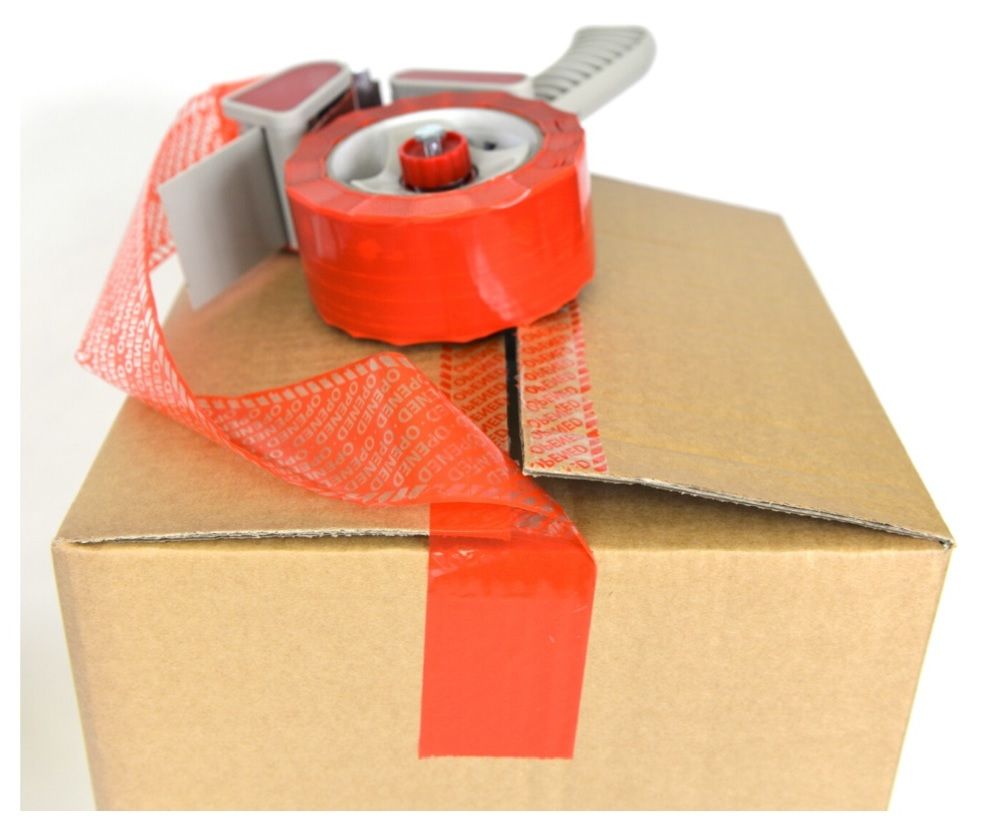 | 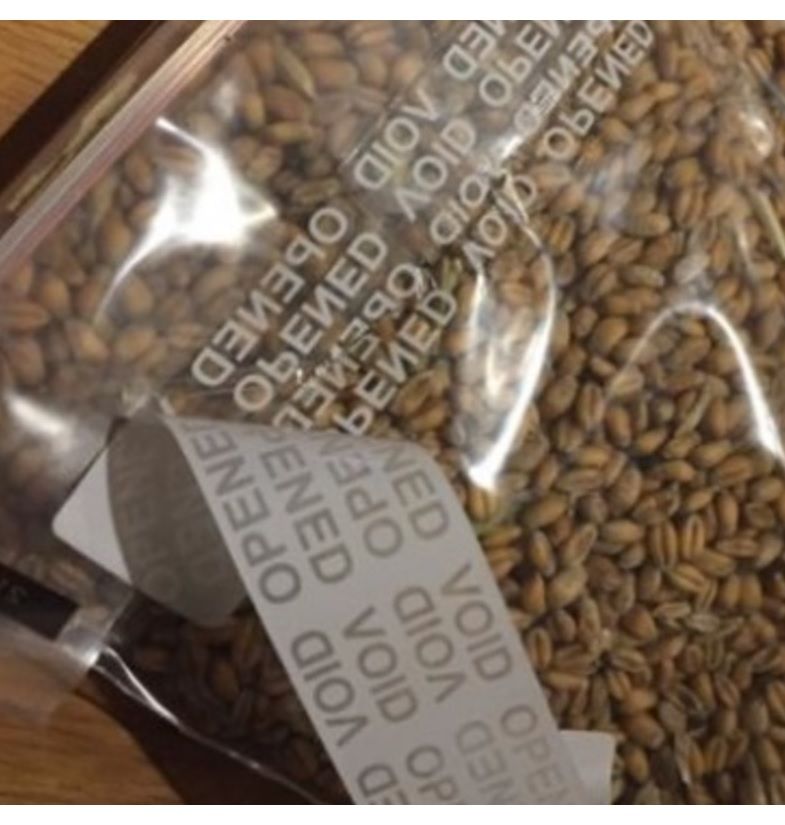 |
Due to the critical nature of maintaining the integrity and tamper-evidence of sealed enclosures, security tape is used particularly in the pharmaceutical, food & drink and consumer electronics sectors.
View our Range of Security Tape and Security Labels
Top 10 Applications for Metal Cable Seals
We have put together the Top 10 Use Cases for Cable Security Seals, and explain in each case why cable seals are particularly suited for these types of applications.
Cable security seals are flexible and strong types of security seals popular across all types of industries, including freight and transport, food & pharmaceutical, industrial and manufacturing and other sectors. We have put together the below Top 10 Use Cases for Cable Security Seals, and explain in each case why cable seals are particularly suited for these types of applications.
Top 10 Use Cases for Metal Security Seals
| Use Cases of Cable Security Seals | Illustration |
|---|---|
Road Haulage / Trailer Security Cable seals are often used to lock through the locking hasps of road trailer doors, as a stronger solution and more tamper-evident solution than easier breaking pull-through or fixed length trailer seals which can be used alternatively. Our flexiGrip 150M seal is a HMRC Customs accepted seal, and road freight transiting the UK-EU customs borders can utilise customs-accepted cable seals as a cost-effective security seal solution for cross-border road shipments. |  |
Shipping Containers ISO17712 High Security Cable seals are strong barrier seals suitable for sealing of shipping containers transiting customs borders. Cable Seals are sometimes preferred to more conventional bolt seals for shipping containers to provide increased security, particularly for high value shipments involved in food/drink and pharmaceutical logistics: i. Extra-long cable seals can seal around the vertical locking bars, which can provide superior security compared to sealing at locking hasps ii. Our specialised double-locking Flexigrip 500MD is a heavy-duty cable seal which provides a double locking mechanism, for increased security shipments. |  |
Air Cargo Containers Air cargo containers are often subject to vibration, knocks and shocks during air transport and ground movements, and as such lower-strength plastic pull-through seals are not often strong enough to provide effective tamper-evident security. Cable seals provide higher strength security to ensure that seals do not open whilst in transit, providing a full chain of custody of sealed air cargo enclosures from point-to-point. |  |
Rail Cars Cable seals are ideal for sealing individual rail freight car doors. Our range of cable security seals have rugged design features to ensure chain of custody during rail freight movements. | 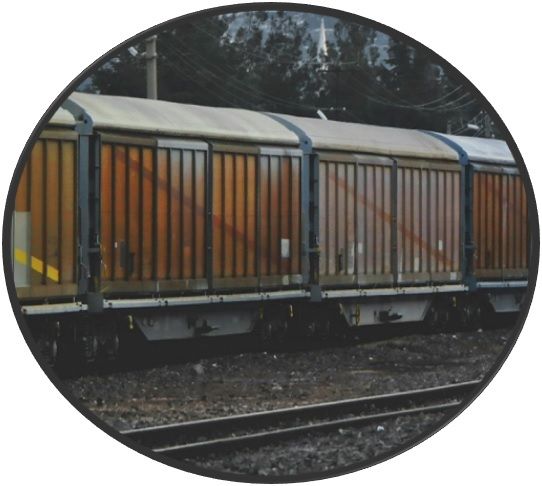 |
Intermediate Bulk Containers (IBCs) Light-weight cable seals with smaller apertures, for example 1.5mm cable diameters (100S and 150M Models), are suitable for sealing through apertures in Intermediate Bulk Container outlet points. Cable seals seal IBC’s against unauthorised or illegitimate access and maintains the chain of custody of full and empty IBC’s whilst transiting through the supply chain. | 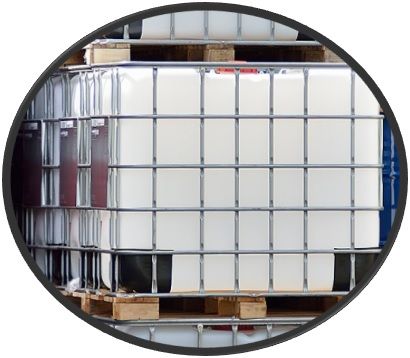 |
Postal and Mail Sacks and Bags Cable seals are well-suited as high-strength pull-through security seals, where the application in question demands increased strength or tamper-evident security. For example, mail sacks might contain particularly sensitive items or cargo requiring the additional strength and tamper-evident protection of cable seals. Cable seals can withstand over 2000KgF of pulling strength force (depending on model) and will not break in transit accidentally. |  |
Bulk Tanker Hatches, Manholes and Valves Chemical and fuel bulk tankers often have multiple points of access, and cable seals are an excellent way to seal these points of access so that legitimate users can maintain an audit and chain of custody of when, how and where tanker contents have been accessed. | 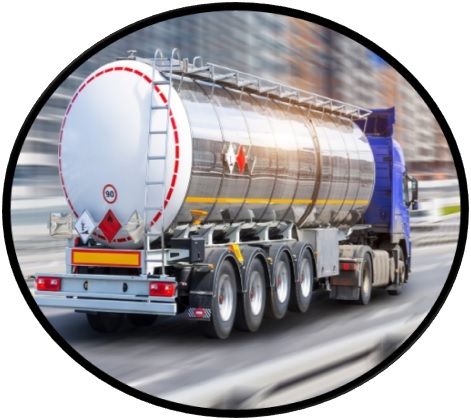 |
Open Top Barrels and Chemical Drums Cable seals can provide a strong tamper-evident lock to sealing the metal clasp mechanisms of open top barrels, ensuring drums remain sealed until delivered to customers, or received back to depots etc. | 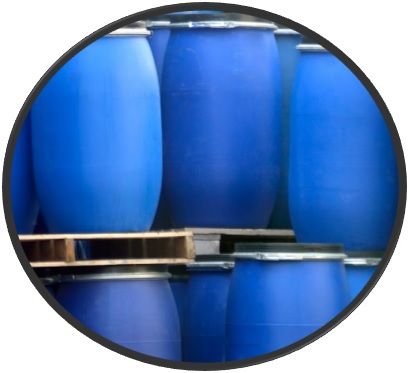 |
Valve Lockout Cable seals, sometimes known as “car seals” when used in the context of valve lockout applications, can provide a safe and effective way to isolate valves of all kinds, including quarter-turn, 3,4,5-way valves, gate valves, and butterfly valves. Car seals / cable seals can prevent the actuation of equipment, assisting in isolation and inspection programs. |  |
Pallets & Crates Our StrapSecure cable seal and pallet strapping solution is a convenient and cost-effective way to seal the intersection of strapping which can be used to seal pallets and crates being transported through the supply chain. StrapSecure is particularly suited for sealing of APHA agricultural and pharmaceutical consignments, as they provide security on the individual pallet-level. |  |
See our full range of cable seals for more information.
Please contact us at [email protected] or +44 (0) 1829 760000 to discuss your cable seals requirements today.
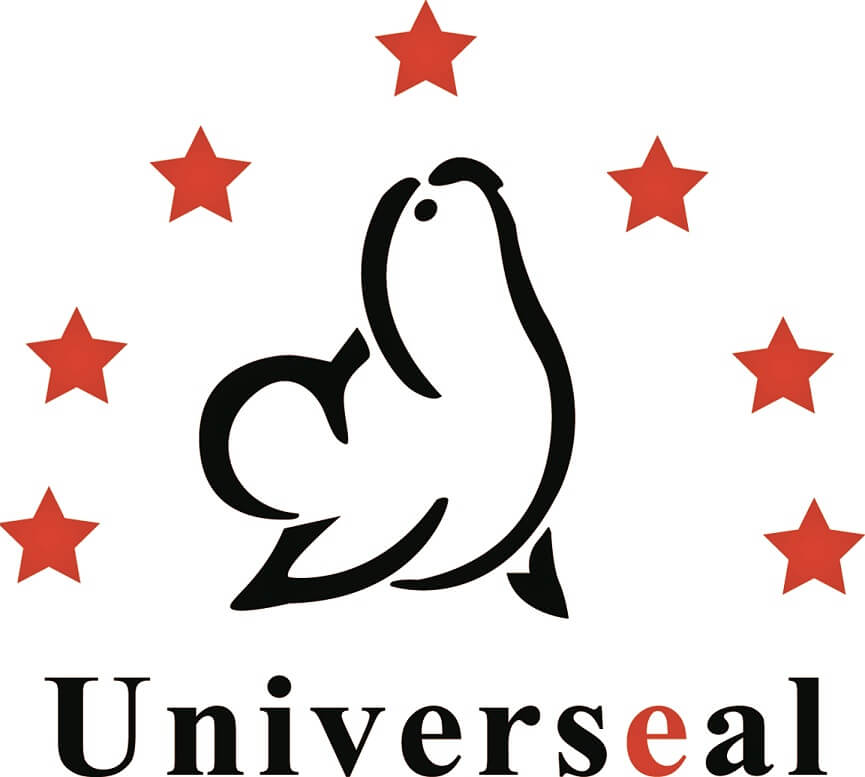
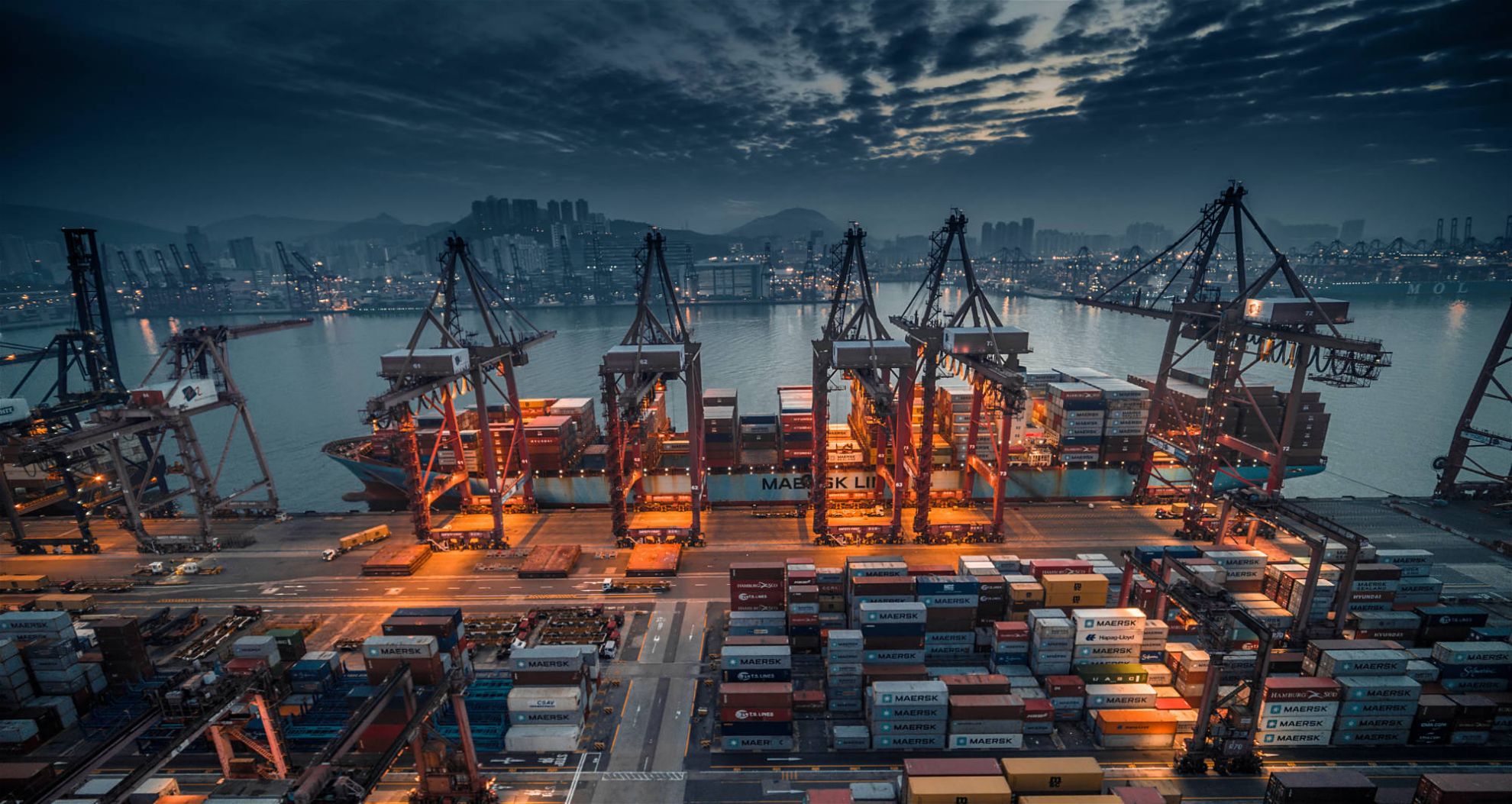

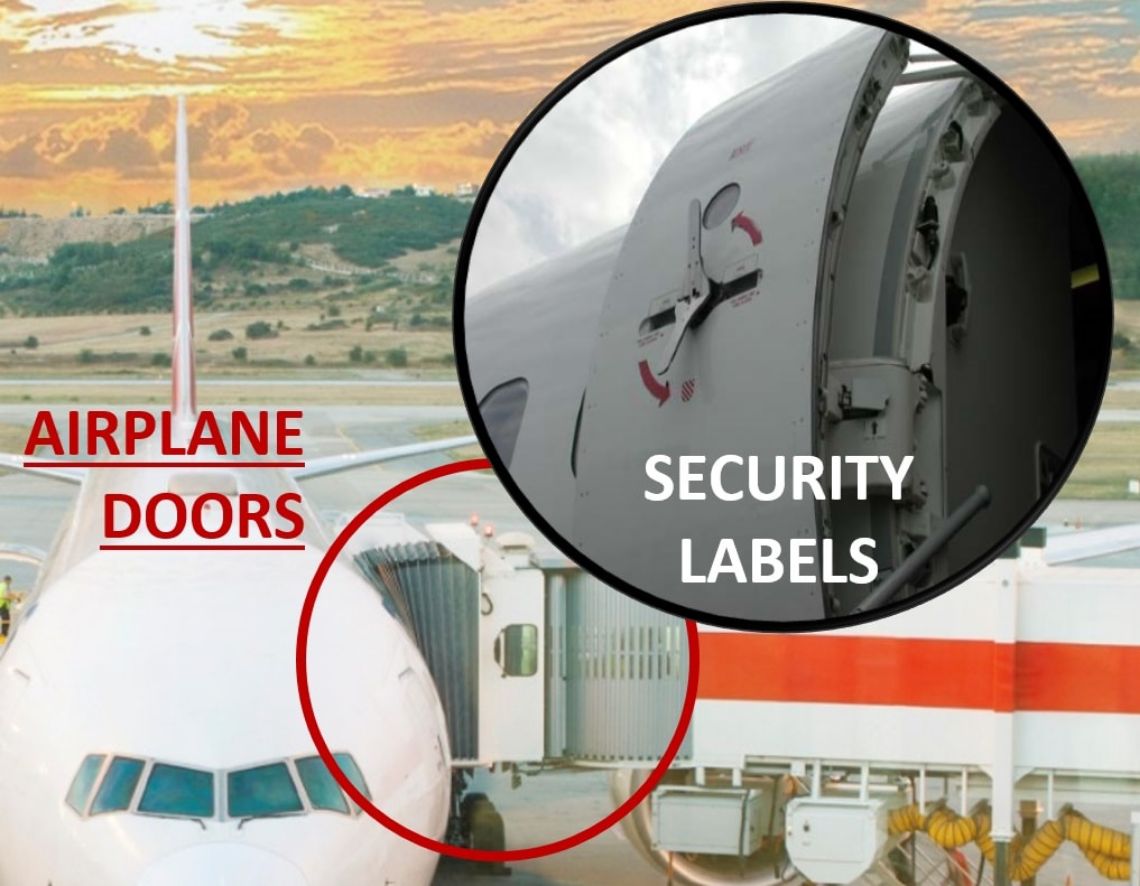
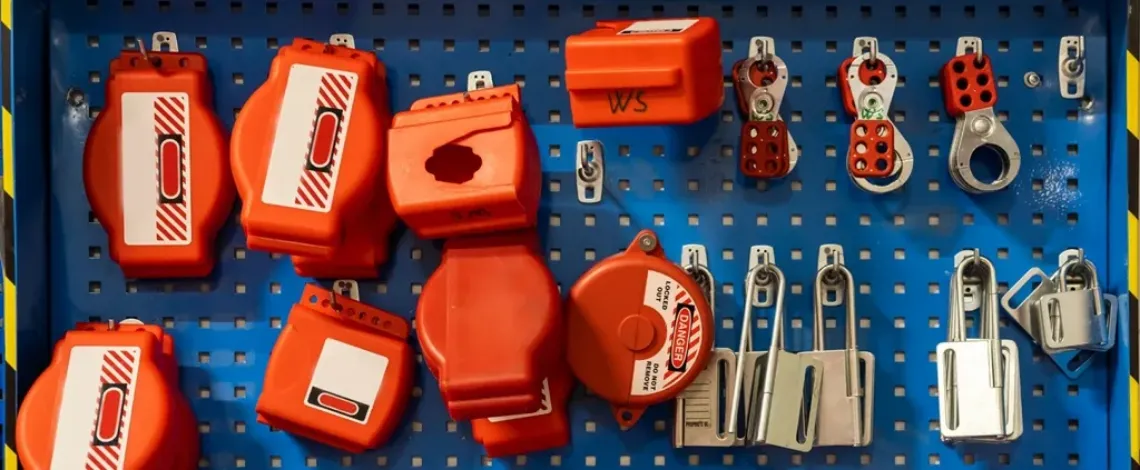
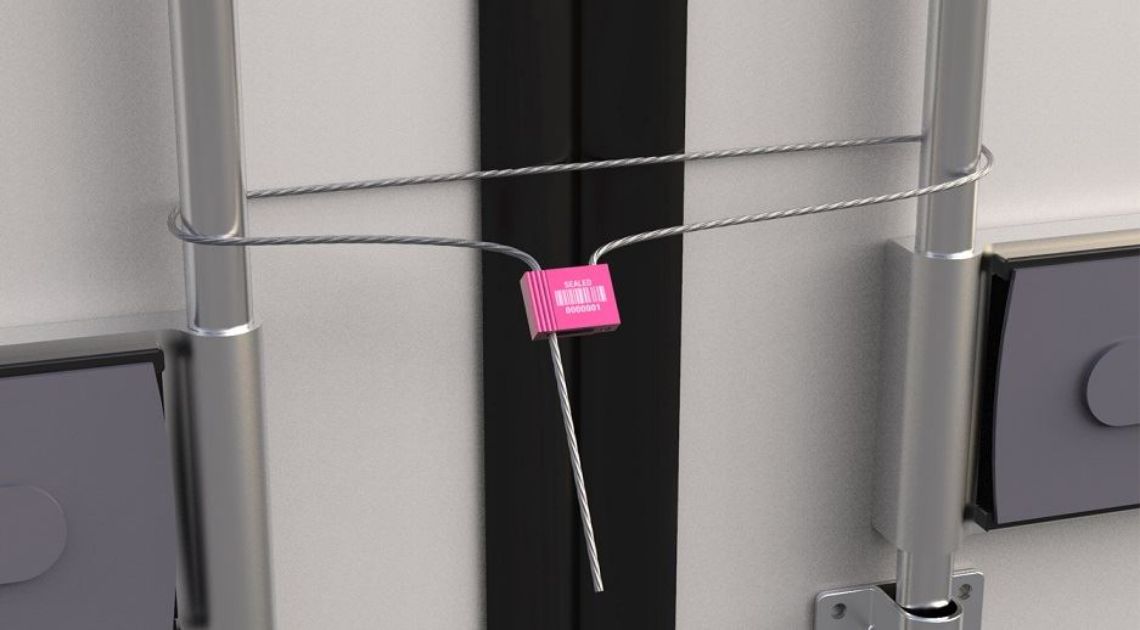

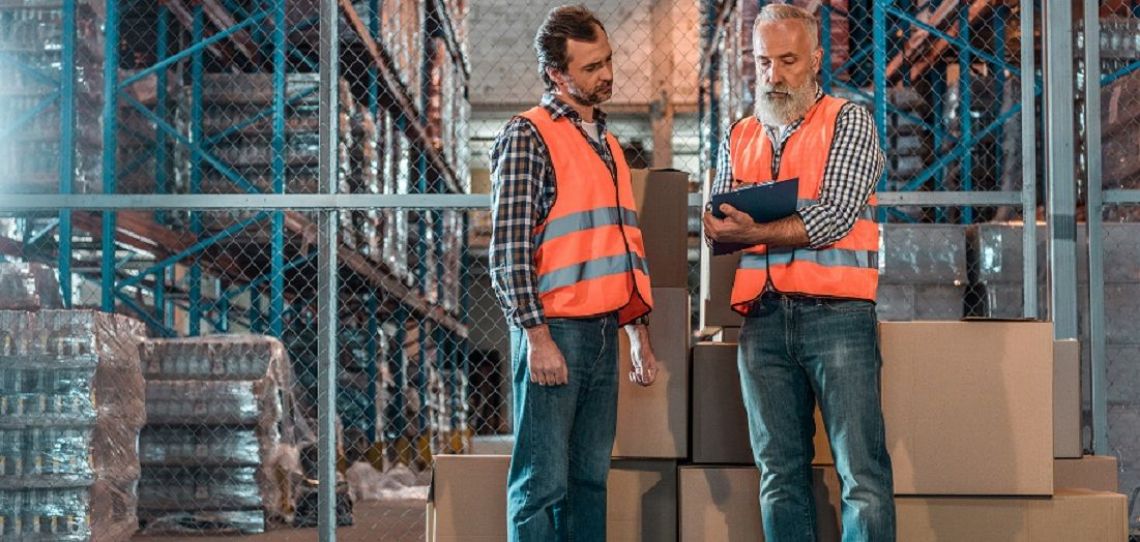
_1140.webp)

